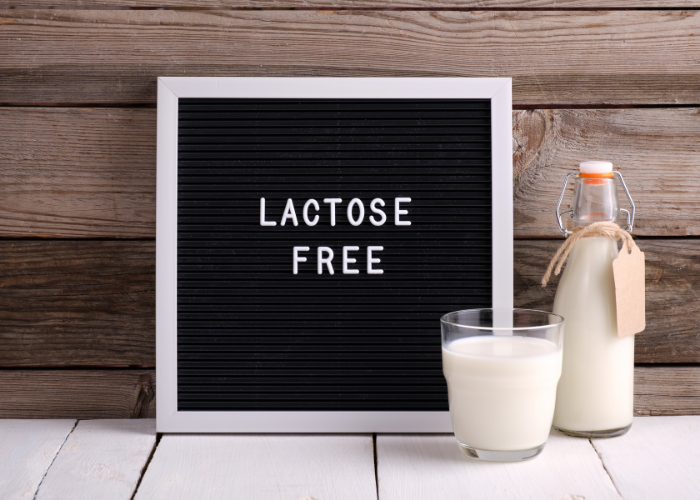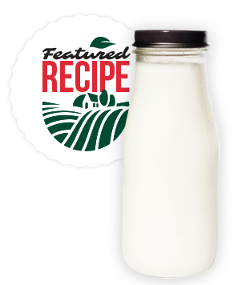Lactose Intolerance
Many health authorities agree that milk and milk products are an important and practical source of key nutrients for all people – including those who are lactose intolerant.
Low-fat and fat-free milk, cheese and yogurt provide a unique nutritional package. Milk is the number one food source of three of the four nutrients the 2020 Dietary Guidelines for Americans identified as those Americans need to consume more of: vitamin D, calcium & potassium. Those who decide to limit dairy’s inclusion in their diets before knowing the facts about lactose intolerance may actually be putting their health at risk.
Lactose intolerance is often mischaracterized as an allergy that generally requires completely avoiding dairy. However, lactose intolerance is actually the body’s inability to digest lactose (a natural sugar mainly found in dairy products), and it’s not an all-or-nothing condition.

What are common symptoms of Lactose Intolerance?
Symptoms range from mild to severe based on the amount of lactose consumed and the amount a person can tolerate. Common symptoms include abdominal pain, bloating, gas, diarrhea and nausea. Discomfort can occur 30 minutes to two hours after consuming milk and milk products.
How is Lactose Intolerance diagnosed?
The hydrogen breath test is one way for your doctor to determine the levels of undigested lactose in your diet. In addition, your doctor may also recommend eliminating milk and milk products from your diet to see if your symptoms resolve.
Sip it! Lactose-free milk is regular milk, but with the sugar (lactose) already broken down.
Stir it! Add small amounts of milk, cheese and yogurt to your normal diet.
Slice it! Aged, hard cheeses such as Cheddar, Colby, Monterey Jack, Swiss and Parmesan are naturally lower in lactose.
Spoon it! Look for products like yogurt with live, active cultures. These products contain “friendly” bacteria that help make it easier for the body to digest lactose.
Size it! Start by adding in small portions of milk, cheese and yogurt to other foods in your diet. Gradually increase the amount of dairy foods you consume over time.
Switch it! These tips may not apply to everyone. Before switching your diet, be aware that lactose intolerance is a very individualized condition. Follow the advice of your doctor or see a registered dietitian for additional guidance.
Savor it! Some people think that lactose-free dairy foods taste exactly the same as the traditional varieties, while others say they taste slightly sweeter. This additional sweetness is a result of the lactose neutralization process. Research shows that people prefer lactose-free milk to non-dairy alternatives.
By using these simple strategies, the majority of people with lactose intolerance can still enjoy dairy foods every day.











